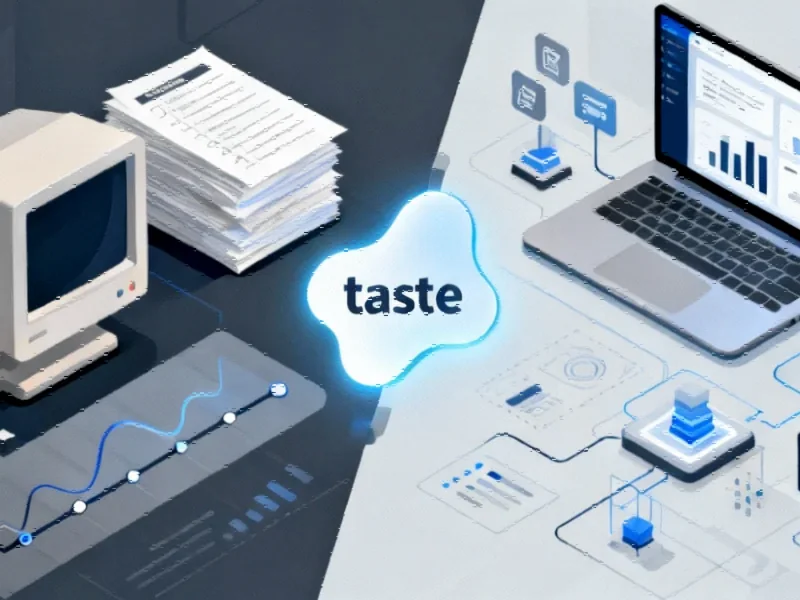The Growing Insider Risk Epidemic
While organizations increasingly fortify their digital perimeters against external attacks, a more insidious threat continues to grow from within. Insider risk has emerged as one of the most complex cybersecurity challenges facing modern enterprises, particularly in industrial and manufacturing environments where operational technology and sensitive intellectual property require robust protection.
Table of Contents
According to Fortinet’s 2025 Insider Risk Report, 77% of organizations experienced insider-related data loss in the past 18 months, with 21% reporting more than 20 incidents during that period. What makes these statistics particularly alarming is that insider incidents are rarely isolated events but rather recurring problems that organizations struggle to contain.
The Many Faces of Insider Threats
Insider threats manifest in various forms, ranging from unintentional mistakes to calculated malicious actions. The majority of incidents (62%) stem from human error or compromised accounts rather than intentional misconduct, highlighting the challenge of protecting against well-meaning employees who simply make mistakes., according to recent research
As Chad Cragle, CISO at Deepwatch, explains: “Insider threats come in many forms. Some are accidental, like the ‘oops, I clicked it’ employee who mishandles data, unaware of the consequences. Others are intentional: the moonlighter using company resources for side work, the rule breaker who uses unapproved tools, or the person using a mouse jiggler to fake productivity.”
The most dangerous scenarios involve malicious actors with legitimate access. “Then there are the darker motives,” Cragle continues, “the disgruntled staff member seeking revenge, the opportunist chasing quick profits, the sleeper agent embedded by outsiders waiting to strike, and the true malicious insider who intentionally betrays the organization.”, according to further reading
Why Traditional Defenses Fail Against Insider Threats
Traditional cybersecurity measures often prove inadequate against insider threats for several critical reasons. As Matthieu Chan Tsin, Senior VP of Resiliency Services at Cowbell, outlines:, according to market developments
- Access to Sensitive Systems: Insiders have legitimate access to networks and data, meaning they don’t need to bypass external security measures
- Evasion of Traditional Defenses: Most cybersecurity focuses on external threats, leaving organizations vulnerable to attacks from within their trusted ranks
- Knowledge of Internal Vulnerabilities: Insiders understand organizational processes, data locations, and security weaknesses
Dr. Margaret Cunningham, Vice President of Security & AI Strategy at Darktrace, emphasizes the subtlety of modern insider threats: “Traditional defenses are designed to stop external actors and often operate on the assumption that access equates to trust. This leaves organizations blind to abnormal actions that fall within normal permissions, such as an employee accessing files they are authorized to view but do not typically need.”, according to recent innovations
The AI Double-Edged Sword
Artificial intelligence presents both new challenges and potential solutions in the insider threat landscape. Cunningham warns of “synthetic insiders — AI-powered impersonations that exploit human trust with startling realism. With AI-generated voices, deepfake videos, and synthetic personas, outsiders can convincingly impersonate trusted employees.”, according to related news
However, AI also offers powerful defensive capabilities. “By continuously learning the ‘patterns of life’, AI can surface subtle deviations that humans and static controls would miss,” Cunningham notes. “When implemented responsibly, AI allows for identifying risks early while protecting the dignity and privacy of the workforce.”
Implementing Effective Defense Strategies
Combating insider threats requires a multi-layered approach that balances security with operational efficiency. Darren Guccione, CEO and Co-Founder of Keeper Security, advocates for zero-trust architecture: “Organizations large and small should implement a zero-trust architecture with least-privilege access to ensure employees only have access to what they need to do their jobs. This includes giving access to only what employees need to do their jobs, not granting access indefinitely, periodically checking who has access and monitoring activity.”
Jason Soroko, Senior Fellow at Sectigo, highlights the escalating costs of insider incidents: “The rising cost of recovery after an insider attack is driven by the complexity of IT environments, the adoption of new technologies like IoT and AI, and inadequate security measures such as systems using weak authentication.”
Finding the Balance: Security Without Surveillance State
The ultimate challenge lies in detecting threats without creating a culture of mistrust. As Cragle explains: “When it comes to detecting malicious or unintentional insiders, you don’t look for a single smoking gun — you look for the smoke. It might be unusual file transfers at odd hours, a contractor probing systems outside their scope, or small anomalies that, when repeated over time, form a concerning pattern. The challenge is finding the right balance: staying vigilant without turning the workplace into a surveillance state.”, as our earlier report
For manufacturing and industrial organizations, where intellectual property and operational technology security are paramount, developing comprehensive insider risk programs that combine technological controls, employee education, and ethical monitoring practices represents the most sustainable path forward in an increasingly complex threat landscape.
Related Articles You May Find Interesting
- Orion Capsule Mounted on SLS as NASA Pushes Artemis II Mission Forward During Fe
- After-Hours Trading Spotlight: Tech, Transport and Healthcare Stocks Show Diverg
- Human Mathematical Insight Surpasses AI in Centuries-Old Geometry Puzzle
- PowerToys Workspaces Solves Windows Layout Headaches for Power Users
- Tesla’s Q3 2025 Sales Surge Masks Deeper Profitability Challenges
References & Further Reading
This article draws from multiple authoritative sources. For more information, please consult:
- https://www.fortinet.com/resources/reports/insider-risk-report?utm_source=Blog&utm_medium=Fortinet-led&utm_campaign=AI-DrivenSecOps-GLOBAL-Global&utm_content=EB-insider-risk-report-G&utm_term=SOC&lsci=701Hr000002RzK4IAK&UID=ftnt-6692-552929
- https://darktrace.com/
- https://www.deepwatch.com/
- https://cowbell.insure/
- https://www.keepersecurity.com/
- https://www.sectigo.com/
This article aggregates information from publicly available sources. All trademarks and copyrights belong to their respective owners.
Note: Featured image is for illustrative purposes only and does not represent any specific product, service, or entity mentioned in this article.



